Genus:Zinnia
Species:elegans
Variety:Zinderella Zest
Item Form:(P)Pkt of 25 seeds
Bloom Start to End:Mid Summer – Early Fall
Habit:Upright
Seeds Per Pack:25
Plant Height:24 in – 2 ft 6 in
Plant Width:15 in – 18 in
Additional Characteristics:Cut-and-Come-Again,Direct Sow,Double Blooms,Easy Care Plants,Flower,Free Bloomer,Repeat Bloomer,Award Winner
Bloom Color:Multi-Color,Orange
Foliage Color:Medium Green
Light Requirements:Full Sun
Moisture Requirements:Dry
Resistance:Heat Tolerant
Soil Tolerance:Normal, loamy
Uses:Beds,Border,Containers,Cut Flowers,Ornamental,Outdoor
Fleuroselect Novelty Award
A stunning addition to the Zinderella series, Zinnia Zest is a tender annual that blooms heavily from midsummer to fall, possibly to first frost. Offering a brilliant burst of color, this zinnia continuously sets mostly double flowers, but there will be a few singles. Known as scabiosa blooms, the distinctive flowers have golden yellow hues with burnt orange highlights and a frilly crested center with a dark eye. Borne singly at the end of a branch, the flowers produce loads of nectar and attract butterflies, hummingbirds, bees, and other beneficial pollinators. The dramatic dahlialike blooms make brilliant, long-lasting cuts for bouquets, bright garnishes for salads, and lovely everlastings.
Zinderella Zest has a dense, upright, mounding habit of lanceolate leaves and a fast growth rate. A classic garden favorite, zinnia is shown to best effect grouped or massed in beds, borders, and patio pots.
Extremely easy to grow from seed, zinnias prefer full sun and rich, organic, well-drained loam or soil raked to a fine tilth. Although zinnias are low maintenance, pinching young plants promotes a more compact, bushier plant and deadheading spent flowers keeps the plants blooming. Zinnias are heat and drought tolerant and deer, pest, and disease resistant.
Direct sow zinnia seed after the last frost date, once the soil has warmed and temperatures are consistently 68°F and above, or start seeds indoors, acclimatize sprouts for 10 to 15 days, and transplant seedlings carefully when they are very young, after all threat of frost has passed. Good air circulation is vital for best performance, so provide generous spacing. Succession planting every week or so for several weeks extends the flowering period.
If you plan to start your seeds indoors, be sure to check out our Bio Dome Seed Starter Kit. With the Bio Dome, you can control the temperature, light, and soil mix to ensure your seeds become strong for transplant.
| Weight | 1 kg |
|---|---|
| Dimensions | 1 × 1 × 1 cm |
Be the first to review “Zinderella Zest Zinnia Seeds” Cancel reply
Shipping is an additional 15-29 business days depending on location. Shipping time will be provided at checkout.
Returns
If seeds fail to leave China, we will refund your payment 100%. But if seeds fail to reach you due to customs problem on your side which we were not informed in advance, we will not be able to bear any loss, and no refund will be made.
We sell only viable plants seeds online, and test germination of our seeds from time to time. So we will not be able to refund for seeds that clients fail to germinate, unless we are convinced that it's truly problem of our seeds.
———
Please send us an email: [email protected] and be as detailed as possible while filling in the information.
After submission, We will reply to you within 24 hours. Please be patient.
———
CHARGEBACKS & DISPUTES
Please contact us by email before opening a merchant chargeback or payment dispute, as we can generally resolve the issue before that takes place. Any chargebacks and disputes disable our ability to issue refunds or credits due to funds being frozen.
———
REFUND, EXCHANGE AND RETURN
Customers have the right to request a refund/ return/ exchange within 14 days from the delivery date. Our Customer Service team will offer the best solutions for specific situations.
Related products
New Flowers
New Flowers
New Flowers
New Flowers
New Flowers
Calibrachoa Seeds
New Flowers
New Flowers


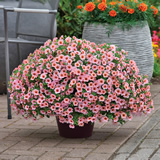
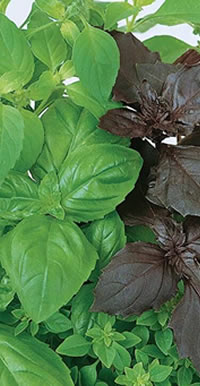
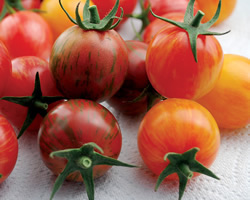

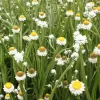
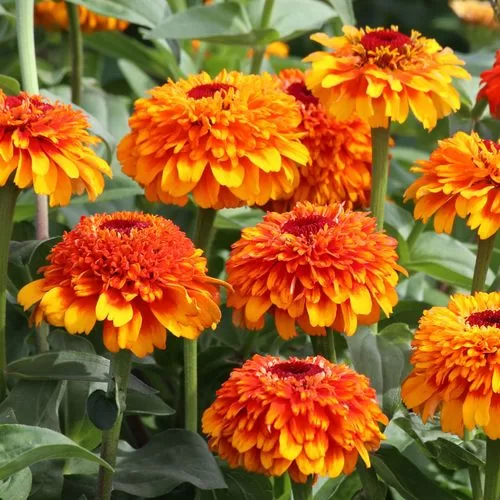
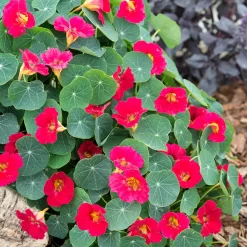
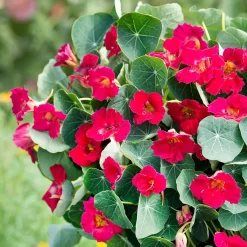
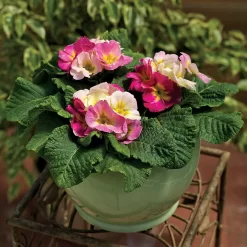
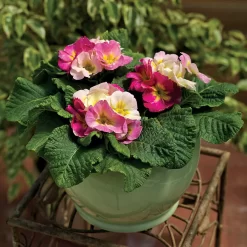
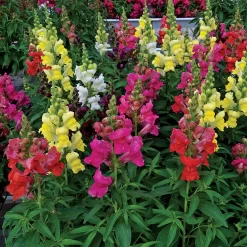
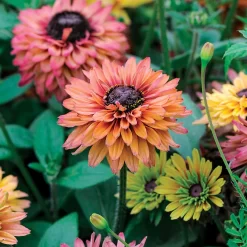
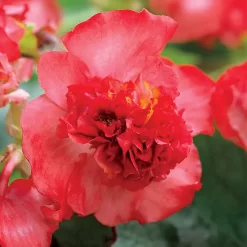
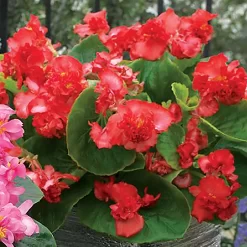
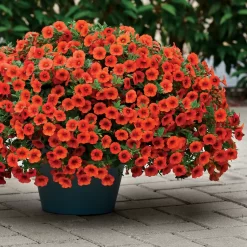
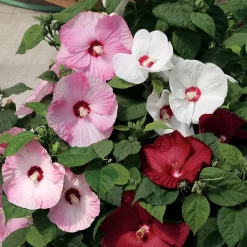
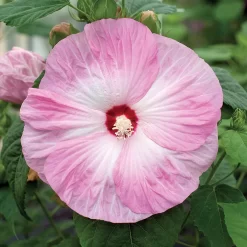
Reviews
There are no reviews yet.